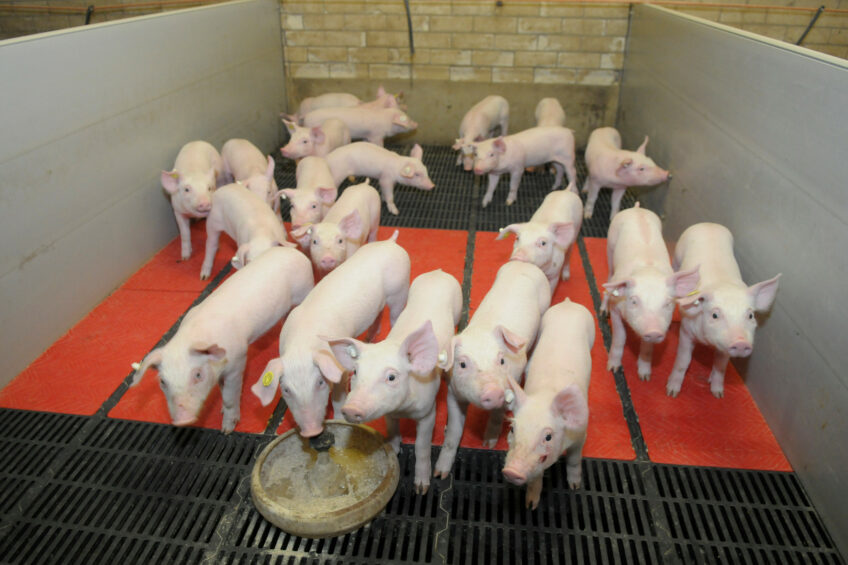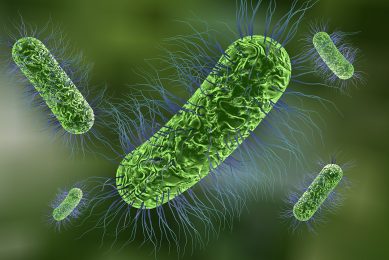How does glucose oxidase reduce post-weaning diarrhoea in piglets?

A team of Chinese researchers evaluated the potential of glucose oxidase as an antibiotic alternative to reduce diarrhoea and improve gut health in post-weaning piglets. They published their findings in Veterinary Quarterly.
In modern pig production systems, weaning stress may lead to intestinal disorders such as oxidative stress, inflammation, and barrier dysfunction, which contribute to the occurrence of diarrhoea in piglets. On the other hand, due to the prohibition of antibiotics usage in swine feed in many countries, there is an urgent demand for finding antibiotic alternatives to alleviate diarrhoea in post-weaning piglets.
About the study
The researchers used 250 piglets weaned around 21 days of age for this trial. They randomly allocated piglets into 5 groups which received a basal diet without or with supplemental antibiotic namely oxytetracycline, and 500, 1000 and 2000 U/kg glucose oxidase, respectively.
At the end of the experiment, they recorded feed consumption and body weight of piglets to calculate average daily gain, average daily feed intake, and gain to feed ratio of each group. They documented daily diarrhoea occurrence and faecal consistency. In addition, they determined the ratio of immune organs weight to live body weight to find immune organ index. Finally, they collected blood samples to determine antioxidant parameters in liver, gut, and serum and evaluated gut morphology and gene expression to test gut barrier function.
Impact on growth performance, and diarrhoea incidence
Feeding oxytetracycline and glucose oxidase decreased the incidence of diarrhoea and improved faecal consistency of piglets. However, supplementing oxytetracycline and glucose oxidase did not affect final body weight, average daily gain, average daily feed intake, and gain to feed ratio of piglets.
Impact on antioxidant parameters and immune organ index
Supplementing glucose oxidase increased antioxidant activities in serum, liver, and jejunum, thus improving gut health and function. Furthermore, feeding oxytetracycline and glucose oxidase increased thymus index, thus reducing diarrhoea.
Impact on gut pH value and morphology
Supplementing oxytetracycline increased the pH value of ileum, cecum and colon; but glucose oxidase had no impact on the pH value of duodenum, jejunum, ileum and colon. Glucose oxidase displayed superior efficacy to oxytetracycline in improving gut morphology along with certain tight junction proteins expression of jejunum and colon, thus improving gut barrier function.
Conclusion
The authors concluded that glucose oxidase has the potential to replace oxytetracycline to relieve diarrhoea in post-weaning piglets by improving gut health, antioxidant property, and gut morphology, and barrier function.











